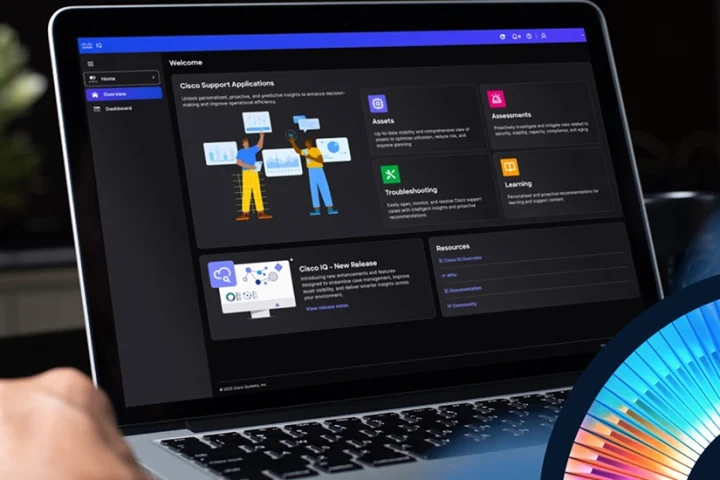On my way to the office last week, I was stopped at a stoplight that only allowed three cars through before turning red again. The red and the green seemed to fight for control. In my frustration, I wondered who had created such a thing? With a quick search I learned that traffic officers controlled the flow of traffic in large cities before the invention of the electric traffic light. This was the case from at least 1722 until 1912, when a policeman in Salt Lake City, Utah invented the red-green electric traffic light. He, in a sense, automated and digitally transformed a process that had been in place for nearly 200 years. But which is more powerful, the red or green light?
There is a strong parallel to the leadership of digital transformation initiatives within the enterprise.
Green and Red
In our business, there seems to be a debate about who leads digital transformation. In my mind, I envision IT as the green light and line of business as the red light. Both are equal yet both push for control of digital transformation. And, like a traffic light, both should work together to help digitally transform their organization.
Historically, the person who saw the importance of transforming business was the CIO. As the ‘systems guy’, he was tasked with finding technology to help the company get work done effectively and efficiently. He was the green light to make the traffic of digital transformation occur.
Over time, business requirements changed, and the CIO would often deliver on strategic initiatives that helped the business be more efficient, but not enable technology that the line of business leaders knew could help them do their jobs more effectively. For example, enabling efficient cloud storage for an organization will help save some companies thousands of dollars, but it won’t help line of business leaders as much as a cloud application that provides insight into a certain set of customer data, in order to retain customers longer.
As a result, the line of business leader became the red light, trying to slow down the CIO to see business needs that will benefit the business effectiveness, not just business efficiencies. The red light is crucial to make sure new technology helps the bottom line, not just operational costs.
Drivers
Red and green lights determine which drivers they will let through. In a similar vein, line of business and IT must determine which market drivers they allow into their enterprise. The driving force behind digital transformation is the consumerization of technology. Workers know what is possible and they experience the power of technology on their mobile phones. They want business applications and data to be easier to consume. They are also dealing with a deluge of data that is overwhelming in the form of instant messaging, email, reports, websites and more. Employees often know exactly what they need to be more effective at their jobs.
For example, IT has invested heavily in email over the past 25 years. Yet, for some, email is not effective. The formal nature of email makes it too long to read and hard to consume with the deluge of data they receive. So, IT invested in chat for communications. But all that really does is allow workers to type shorter emails that send instantaneously. As a result, some line of business leaders implemented collaboration software. This allows for the shorter messages, but added the functionality of the inclusion of documents, project management and more. And with the addition of the mobile app, it can be done from anywhere at any time. But this is still only evolutionary.
Digital transformation would automate much of this drudgery and serve up information to make effective decisions rather than simply making communication more efficient.
Intersections
One common thread I’ve seen with successful digital transformation initiatives is that the CIO becomes a champion for the needs of the business. The CIO regularly meets with each line of business group on a regular basis to determine how to help them make their business processes more effective. I’ve seen employee surveys and internal research be a part of this process. The best question a CIO can ask in this process is, “why do you do it that way?”
Once he can determine the need, the linear thinking of IT can be implemented, and the efficient technology put in place can be used to create effective, digitally transformed business processes.
On the other side of the intersection, the line of business leader will engage with the CIO and helps to identify processes that can be digitally transformed. They help fix broken processes and re-think processes in order to innovate how their group does business. They help the CIO to prioritize projects and offers resources for initiatives that can be effectively handled by their groups. The line of business leader will help to drive innovation.
This intersection is where development and operations come together. When they are together, business processes become better, faster and much more successful.
Traffic Flow
So which side should lead digital transformation initiatives? The answer is both. You can’t have red without green. You must have both to direct the flow of market drivers through the enterprise. CIOs and line of business leaders need to come together at the intersection of development and operations to work successfully together and lead digital transformation within their organizations.




















